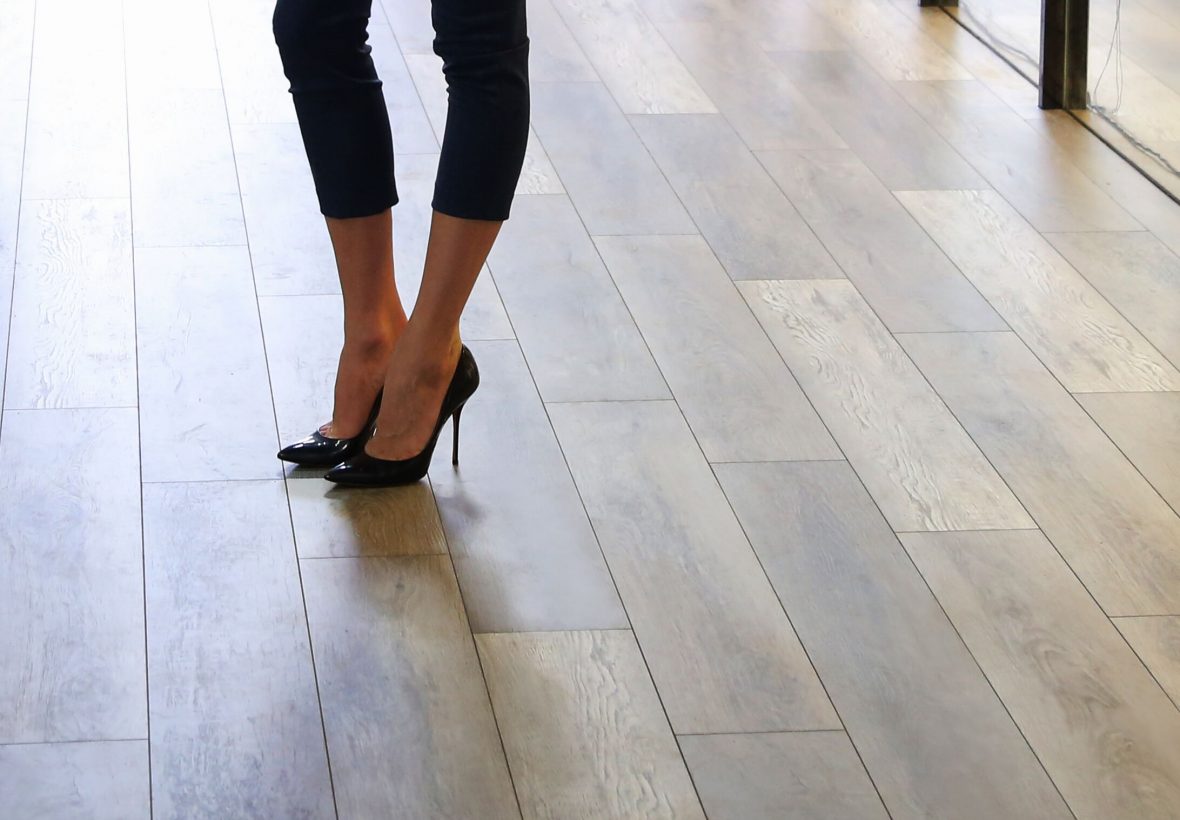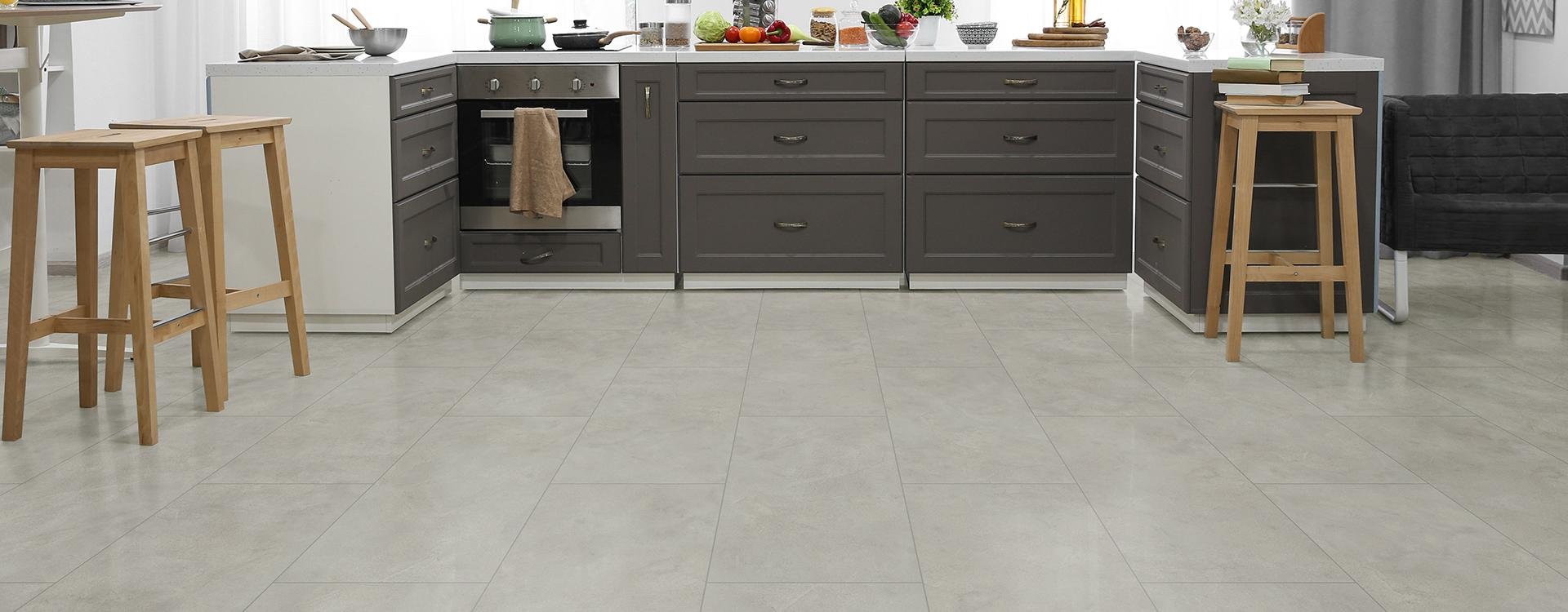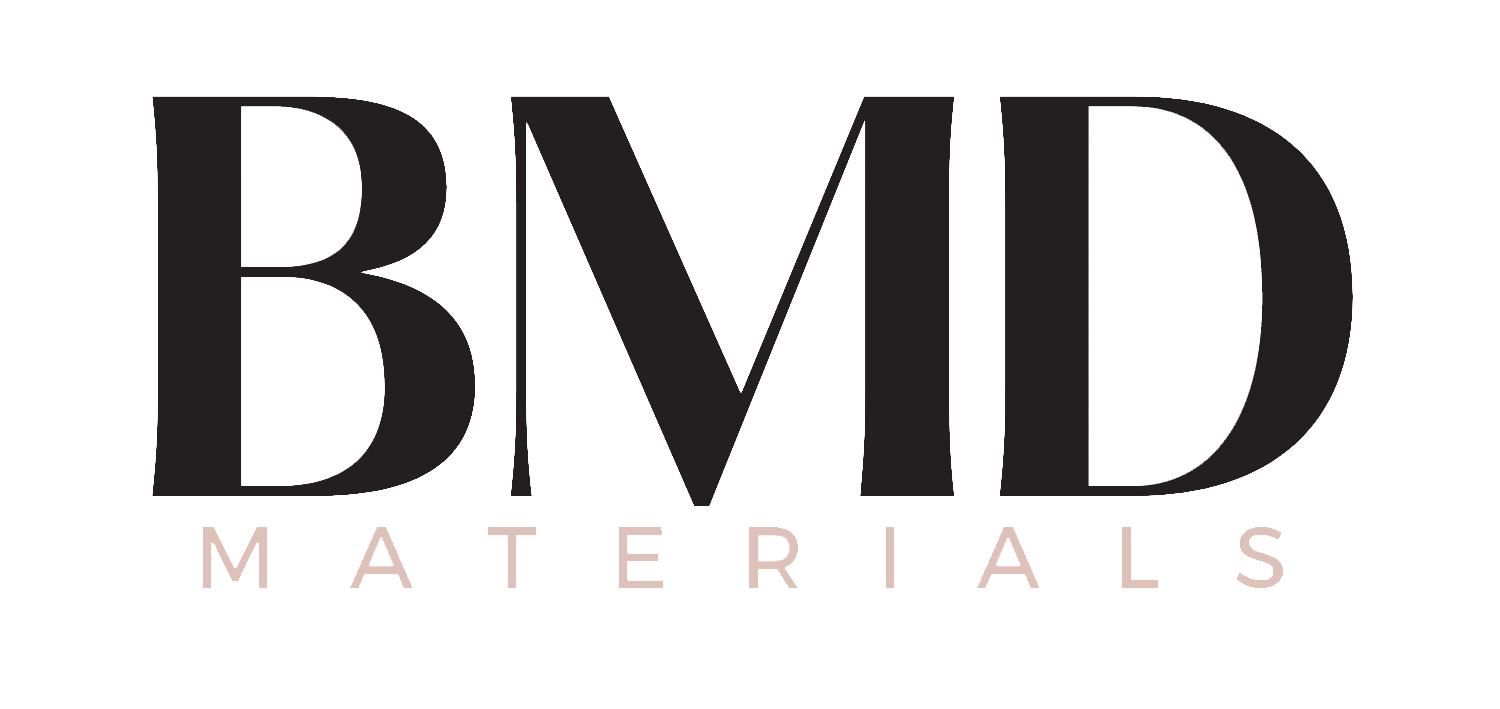Australia Bans Engineered Stone Flooring
The recent development in Australia, where the use of engineered stone has been banned due to health concerns, presents significant implications for the Canadian flooring industry, particularly for companies like BMD Materials. This article will explore the context of Australia's ban, the attributes and risks associated with engineered stone, and how these developments might influence the Canadian market.

Australia's Ban on Engineered Stone
Australia has become the world's first country to implement a nationwide ban on engineered stone, effective from July 1, 2024. This decision was driven by the rising cases of silicosis among workers handling engineered stone, a material made by mixing crushed stone with a resin binder. It's commonly used for countertops, walls, and flooring. The danger arises from the fine silica dust released when the material is cut, leading to significant health risks for workers exposed to respirable crystalline silica (RCS).
Engineered Stone in the Global and Canadian Context
The global market for engineered stone is projected to reach USD 34.2 billion by 2030, growing at an annualized rate of 5.1%. North America, including Canada, is expected to hold the highest market share during this forecast period. The material's adoption is driven by its benefits such as high resistance, robustness, resistance to bacterial growth, and its contribution to maintaining a hygienic environment. Engineered stone is also valued for its aesthetic appeal and practicality in various applications, including flooring.

However, there are drawbacks. Engineered stone can discolor over time or when exposed to chemicals. It can also pose risks for elderly people walking on it. These factors, along with the availability of alternative materials, could potentially limit its market presence.
Implications for the Canadian Flooring Industry
The Australian ban on engineered stone highlights a growing global awareness of the health risks associated with certain building materials. For Canadian companies like BMD Materials, this development serves as an impetus to reevaluate the use of engineered stone in their product offerings. Given the projected growth in the engineered stone market, it's crucial for Canadian companies to balance the demand for this material with the emerging health and safety concerns.
Companies should consider the following strategies:
-
Product Diversification: Exploring alternative materials that offer similar benefits as engineered stone but with fewer health risks.
-
Health and Safety Protocols: Enhancing workplace safety measures for handling and installing engineered stone, particularly if the material continues to be part of the product lineup.
-
Market Research and Consumer Education: Staying informed about global trends and regulatory changes, and educating customers about the benefits and risks of different materials.
-
Sustainability and Innovation: Investing in research and development to innovate safer and more sustainable building materials.

The Australian ban on engineered stone is a significant development with potential ramifications for the Canadian flooring industry. Companies like BMD Materials must navigate these changes with a focus on health and safety, market demand, and innovation. By adapting to these global trends and prioritizing sustainable and safe materials, the Canadian flooring industry can continue to thrive while ensuring the wellbeing of its workers and customers.

